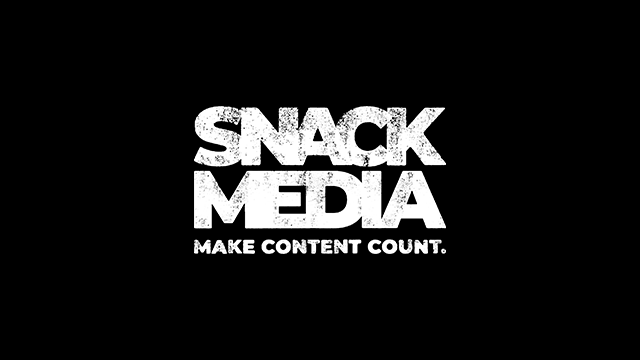You are walking down the street and you see an advert.
There are two types of people who view this advert. There are those who simply see the information the advert is selling and then there are those who see a visual experience with text to accompany it.
A creative will always see the design before the information.
The tricky part as a creative is to cater for both sets of people. Whilst you want to make a visually pleasing image, you do not want to distract the viewer from the message you are portraying. You also don’t want to make an informative image which is so bland no one pays attention to it. There must be some middle ground right?
As a designer, you are constantly looking at everything around you, adverts, logos, signs you name it. You start to question, would I have put that there? Would I have used that font or that colour? You start to notice every small detail, how everything is composed and pick apart how someone got to that final image. But to many, that advert you see in front of you is simply an ad, a logo or a sign. It doesn’t matter how it got there, it just did.
It’s easy to look past the fact that someone has had to think about how the viewer will consume the image, how they want them to feel, what they want them to do after seeing it. All of this is usually thought of before the design process has even started. Personally, I like to know in great detail what it is that I am being asked to design, way before I even decide what programme I will use to create it. Are there strong brand guidelines that I need to make sure I am following? Is there a set tone of voice the client is trying to portray? Once I have established all I need to know and have acquired all the assets I need (fonts, colours, imagery) then I will have already drafted up a very rough copy in my head of how I think it should look. If I know I won’t start the actual design work until later that day/week/month I will usually produce a loose sketch of how I pictured it, usually on a stack of sticky notes on my desk just to rejig my memory if the idea starts to fade.
Then comes the fun part. You choose what tool will help you create the product. Will you use Photoshop, Illustrator, After effects, Premier pro, In design? You will have already determined the format you will use once you know what the client wants to portray. Nine times out of ten, by the time I finish the design, it looks nothing like I initially imagined it. But, the core structure is there and that is what makes the design process so much fun. That’s the beauty of design. The best way to describe it: doing a puzzle without ever seeing an image to know what it should look like.
I personally feel that everyday is a lesson in design. Inspiration is everywhere. Do you like the way that advert is laid out? Do you like that colour combo? Great! Take a photo or make a mental log of it and use it later (well at least I do anyway!) I feel that inspiration is the best way to develop style and the key to making sure that yours never becomes too stale.
So, I leave you with a task. Next time you see an ad, sign or poster, have a think about why it looks the way it does and appreciate that it took someone at lot more time to make it then you probably would have first thought.
You don’t have to be a designer to have a creative mind.



